May sugar wax or wane, evergreen shall be cane
Proverb
About the Sugar

Sugar…. Nowadays it is a part of our everyday life and there is hardly a person who doesn’t know what it is. But there was a time when sugar was a rare and expensive substance, object of desire rather than food.
Michel de Nostre Dame, a Provencal doctor better known under name of Nostradamus, was the first to insist that sugar had valuable properties for preserving foods when he published his “Traite des confitures” in 1555 (Fauque, 2002). During the Middle Ages, Europeans rarely managed to obtain sugar, while in the East, where its manufacture was known, one could almost talk of sugar civilization. In the 17th century sugar was appreciated by the privileged High Society of the Golden Age. Sugar was part of pleasure. In the 18th century in Europe where coffee and chocolate became very fashionable sugar became a necessity
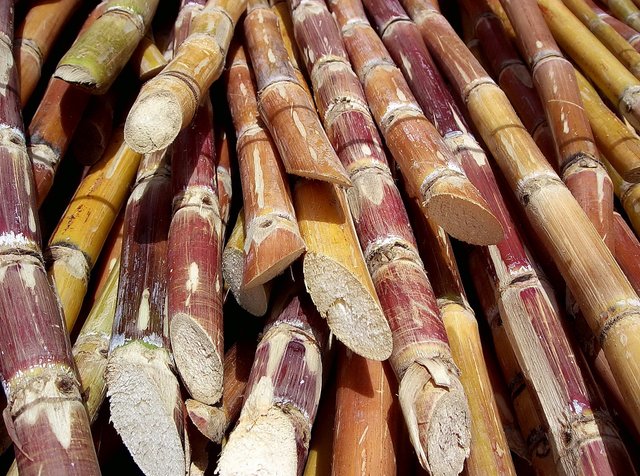
So if we look at dates then we discover that sugar has become a product since 642 AD when Arab people invaded Persia and found sugar cane there. But Europeans discovered sugar in 325 BC when the troops of Alexander the Great returned to Europe. The first sugar was recorded in England in 1099. At that time and afterwards trade between Europe and the East reached its peak and sugar was one of the main products to be traded. In the 15th century AD, European sugar was refined in Venice. Later Vasco da Gama went to India and established trade.
It was however, the discovery of the Americas that changed the world consumption of sugar. On one of his first voyages Columbus took sugar cane plants to grow in the Caribbean. The climate there was so advantageous for the growth of the cane that an industry was quickly founded. By 1750 there were 120 sugar refineries operating in Europe. At this stage sugar was still a luxury and sugar was called "white gold".
The situation in other West-European countries was similar. Governments recognized the vast profits and taxes were very high. Sugar still remained a luxury item. Only in the 19 century the situation changed and sugar became available for ordinary citizens.
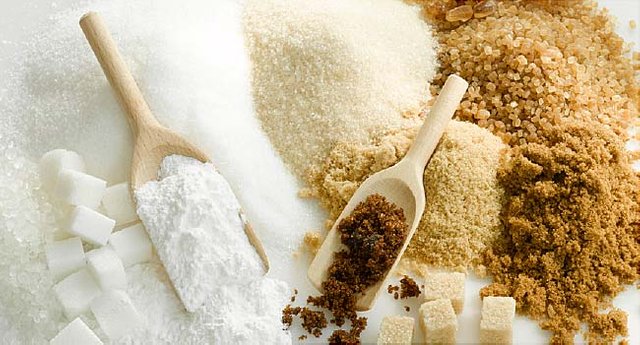
Refined Sugar
White refined sugar has become the most common form of sugar. Refined sugar can be made by dissolving raw sugar and purifying it with a phosphoric acid method. There are three main steps in sugar refining process: getting sugar sap from sugar cane or sugar beet, refining, and crystallizing. First, sugar cane is collected and sap is taken from its stem. This sap is acidic so calcium hydroxide is added to neutralize acidity.
At the same time sap is strained once to start concentration process. When crystallization starts from concentrated sap, it goes into centrifuge machine which separates sugar power. This is raw sugar. The color of raw sugar is similar to light brown sugar, but nutritionally, it is not same as light brown sugar, but better because it retains vitamins and minerals present in raw #cane sugar. In order to make white or brown sugar, this raw sugar is further refined.
The further refining process start with melting raw sugar back into water, then filter through series of white mud, activated carbon, diatomite, ion exchange chromatography, etc., then start concentration process in low pressure. Original sugar cane has 10-15% of sugar concentration and rest of it is water, fiber, enzyme, vitamin, and minerals. Refined sugar has 99.5% sucrose and 0.5% water. During ion exchange chromatography refinery process, many different chemicals are used for refining and bleaching sugar. Some of these chemicals are styrene, divinylacetylene benzol, benzol peroxide, etc.
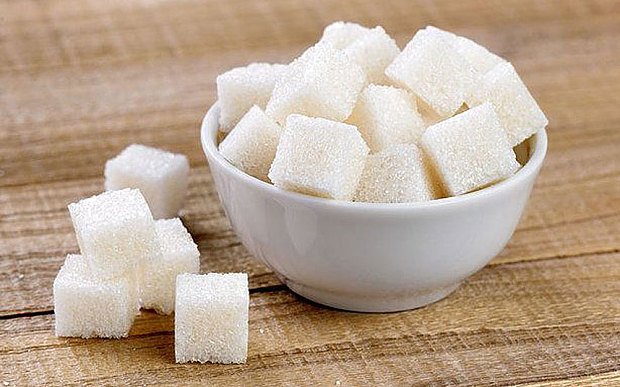
Nowadays there is no country where sugar is not used. Most of nations produce enough amount of sugar for their needs but some countries export sugarcane. About 120 countries are producing sugar nowadays. Every year about 165 million tons of sugar is being produced all over the world. Brazil is the largest producer of sugar (25% of world’s sugar). The second place is occupied by India, and then goes China and Mexico. Top 10 also includes Pakistan, Colombia, Australia, Indonesia and USA. The largest importers were the European Union, United States and Indonesia. At present, Brazil has the highest rate of consumption of sugar, followed by Australia, Thailand, and the European Union.
White Sugar
Refined white sugar is mostly used in cookery: it is added to cold and hot drinks, fruit juices and alcohol; it is one of the main components of sweets and biscuits. White refined sugar is one of the main conservatives: it keeps jams, marmalade for long time; in medicine it is added to many syrups and tablets to make them less bitter. It is interesting to note that recently white refined sugar has been used to treat injures. Later researches reveal application of refined white sugar in energy as one of the alternative energy sources. Refined white sugar is also used in the chemical industry, e.g. in the process of plastic production. It is interesting to know that refined sugar is widely used for industrial needs for higher quality.
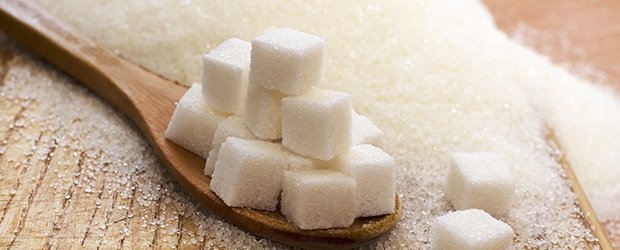
Nowadays sugar is not only a part of food but even is a part of art. And works of Stéphane Klein are the best examples of it. He was born in Belfort (east of France) and took his first steps in the cooking in his parent's bakery. He was so fond of cooking that he decided to devote his life to it. After a degree in pastry cooking, he worked with his father. He was inspired by the creations of the double master craftsman of France to make his own first creations in sugar: a basket with flowers, a swan. When a School of pastry cooking in France asked him to initiate its' students into sugar work, he was delighted to share his passion and soon devoted himself entirely to teaching. Almost 300 people were trained in 2013 in the art of sugar-pulling, sugar-blowing and pastillage in his School of Sugar in Belfort. His courses are very popular among people. Anyone can come to Belfast and during 5-days course learn how to work miracles with sugar. Stéphane Klein wrote several books where he wrote about his life, shared his love to cook and create sculptures from sugar. He also organizes an atelier-museum where he gathers great masters of confectionery from the world.
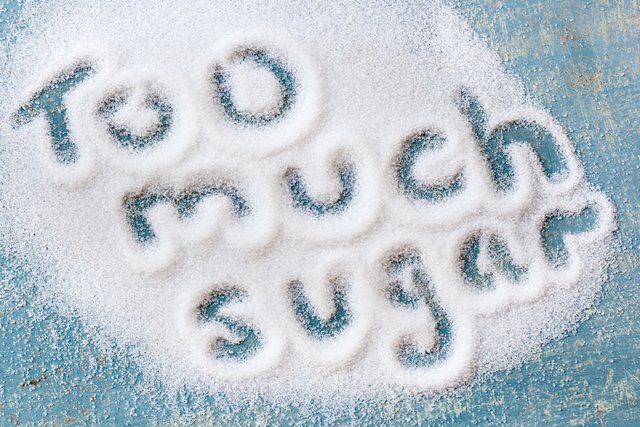
Thus as you can see sugar is not only a white cube to make our tea sweet but very interesting thing to investigate.
Thank you!
@nastik with you!
Love,
Hello nastik.
thank you. sugar and salt are the biggest enemies of man kind !
Downvoting a post can decrease pending rewards and make it less visible. Common reasons:
Submit
Artificial sweeteners and GMO are the real enemies. They make sugar look like an amateur.
Downvoting a post can decrease pending rewards and make it less visible. Common reasons:
Submit
Downvoting a post can decrease pending rewards and make it less visible. Common reasons:
Submit